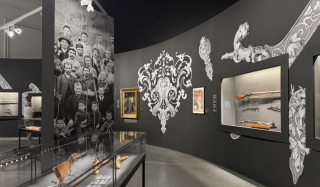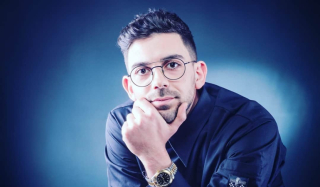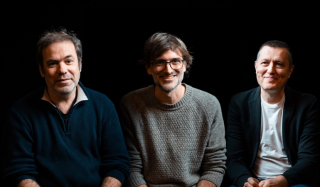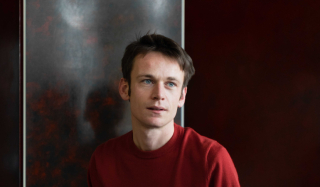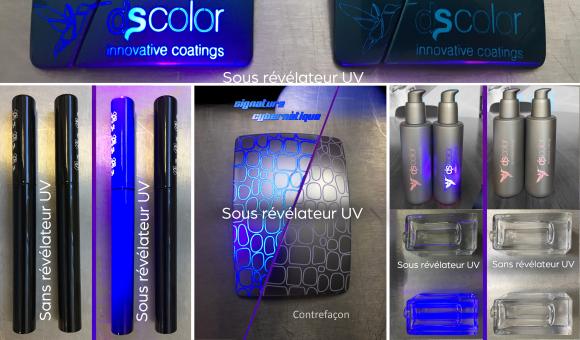
The Global Industrie Awards, which reward excellence in innovation at the international level, has awarded the New Technology Prize to the Liège-based company DS Color for its new range of high-security liquid paints, "Cyber Signature", which render products that are susceptible to counterfeiting unforgeable. It is a world first that may well become a nightmare for criminals!
Set up in 2018, the Global Industrie Awards (GIA) reward exhibitors at the show of the same name, held in the spring in Paris, for their development of an innovative product, service or know-how aimed at manufacturers wishing to improve their performance, optimise their production tool or develop their company's values of social responsibility.
Despite the fact that Global Industrie Paris 2020 could not take place this year due to the COVID-19 crisis, the organisers decided to highlight the creativity of exhibiting companies by awarding 7 winners. An award ceremony will be held in Paris in the autumn of 2020. The winners include a Walloon-based company: DS Color, which won the New Technology Prize.
This paint manufacturing plant, which has production sites in Belgium (Lens-Saint-Servais) and Germany, offers a wide range of exclusive and standard products for major luxury brands, in the electronics, household appliances and automotive industries.
Simple to apply, Cyber Signature paint is a spectrocolorimetric authentication system. It is impossible to detect with the naked eye: only a specific UV type light source will reveal the authenticity of a product treated with this process.
The final and visual result of the Cyber Signature paint can neither be scanned nor photographed, making this solution tamper-proof. The presence of colours in this unique formula is revealed by the lamp system developed by DS Color on specific security points and locations on a treated object. This is what enables its authentic certification. The combination of chemical formulas and the complete process makes the result extremely difficult to reproduce.
